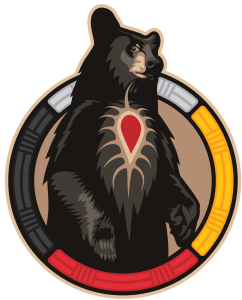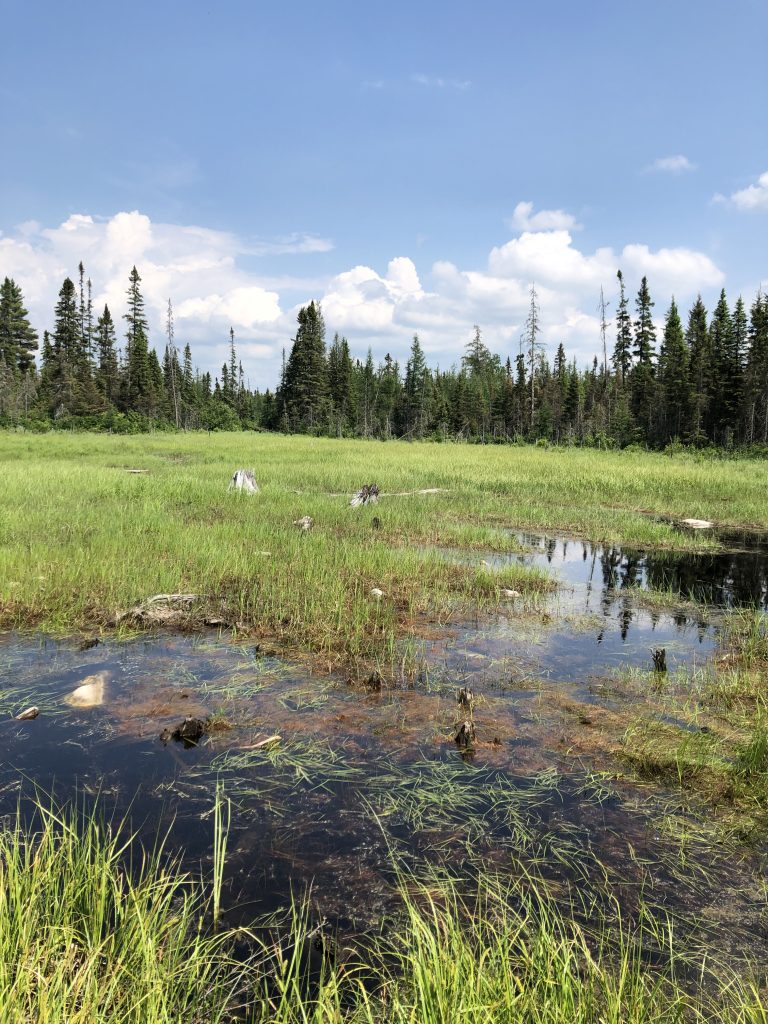
Aanin kina wiya! Hello everybody! Mkwa ndizhnikaas. My name is Bear. Welcome to Module 1. I will be walking alongside you as your helper in Module 1. Let’s begin …
Module 1 Learning Outcomes
By the end of Module 1, you will be able to …
- Recognize that relationship represents an ongoing commitment
- Distinguish between the roles of partner and helper in advocating for self-determination and empowerment for Indigenous peoples
- Examine where gaps between Indigenous and non-Indigenous peoples’ health exist
- Explore Two-Eyed Seeing as a framework to bridge gaps
- Assess and begin to decolonize your own ideas of health, wellness, and helping while contextualizing your learning in place
- Apply this learning to a real-world context
Module 1 Connections
There are 9 learning connections in Module 1. You will demonstrate your learning in each connection with a checkpoint exercise to prove you’ve been there. Module 1 concludes with a finish point designed to demonstrate your learning through a practice scenario.
- Relationship is critical in working with Indigenous Peoples
- Existing gaps in the Indigenous health context
- Two-Eyed Seeing as a framework for relationships and learning
- Reflecting on your self-location, privilege, and relationships
- A primer on the determinants of Indigenous Peoples’ health
- Defining wellness from a First Nation perspective
- Grounding learning in an Anishinaabe perspective
- Learning from Place: Wellness form the Nbisiing Nishnaabe perspective
- Finish Point: Acting on your learning through a learning scenario

To move on to Connection 1, click on the “Next: Connection 1: Why Relationship is Critical in Working with Indigenous Peoples →” button at the bottom right hand corner of this page.



